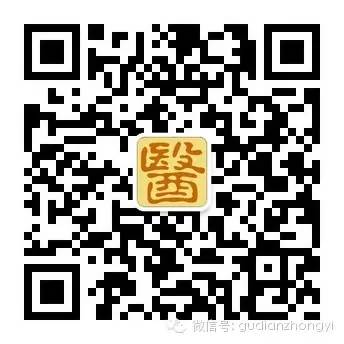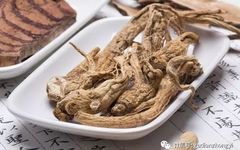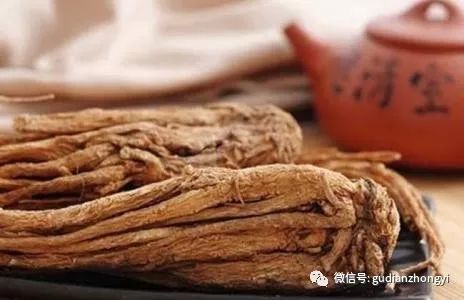
Daoist Physician Lao Ding Discusses Medical Principles
Observing and Practicing in Daily Life
Click the green label above to listen, or log in to “Ximalaya” to search

In the world of herbal medicine, Angelica Sinensis (Dang Gui) is one of the most commonly used traditional medicines, also known as Qin Gui, Yun Gui, Xi Dang Gui, or Min Dang Gui, and is a perennial herb.
It has a sweet and pungent taste, and a warm nature, with effects of nourishing blood, activating blood circulation, regulating menstruation, alleviating pain, and moistening the intestines to relieve constipation. It is known as the “Qi medicine of the blood, the holy medicine of the blood,” and is also referred to as “Ten Directions Nine Returns” and “King of Herbs.”
Angelica Sinensis is divided into three parts for medicinal use, each with its own focus.
When discussing Angelica Sinensis, people often first think of its blood-nourishing properties. In actual medicinal use, Angelica Sinensis is subdivided into the head, body, and tail, each with its own emphasis.
The head of Angelica Sinensis focuses on stopping bleeding; the body focuses on nourishing blood; the tail focuses on breaking blood stasis; while the whole Angelica Sinensis has the effect of nourishing and activating blood. Generally, doctors’ prescriptions will specify the medicinal part; if only “Angelica Sinensis” is written, it refers to the whole herb.
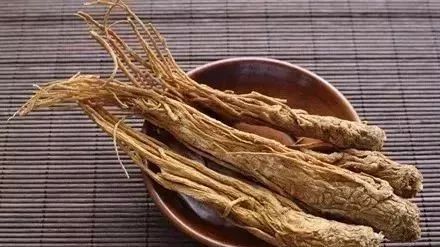
Clinically, Angelica Sinensis is widely used in the treatment of gynecological diseases. Common conditions in women such as irregular menstruation, dysmenorrhea, blood deficiency amenorrhea, pale complexion, weakness and anemia, uterine bleeding, postpartum stasis, and epistaxis during menstruation can all be treated with Angelica Sinensis.
The most well-known blood-nourishing formula is “Si Wu Tang”, which is composed of Angelica Sinensis, cooked Rehmannia (Shu Di Huang), White Peony (Bai Shao), and Chuanxiong (Chuan Xiong), used for nourishing blood and regulating menstruation.
Medicinal dishes suitable for different age groups using Angelica Sinensis
It is no exaggeration to say that this herb can be used by women aged 20 to 80. Below, I will introduce it in detail.
20-30 Years Old Young Women
This age group of women is often troubled by dysmenorrhea, and Angelica Sinensis is particularly effective in treating dysmenorrhea. Dysmenorrhea is often a manifestation of blood stasis; when there is no flow, there is pain.
I recommend the medicinal dish created by the medical sage Zhang Zhongjing—Angelica Sinensis, Ginger, and Lamb Soup, which has a history of application for over 2000 years.
In this soup, Angelica Sinensis nourishes and activates blood, dispels cold and alleviates pain, and moistens the intestines to relieve constipation; ginger has the effects of releasing the exterior, warming the middle, dispelling cold, and alleviating pain, suitable for cold-type pain; lamb can warm and nourish essence and blood.
Although the formula is simple, when used together, it can warm and assist Yang Qi, dispel cold, and activate blood. Women with cold-type dysmenorrhea can effectively relieve symptoms by consuming this medicinal dish.
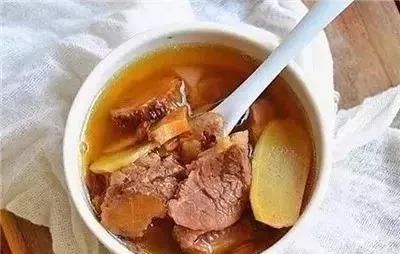
Additionally, for those who do not like meat, you can try “Angelica Sinensis and Cinnamon Wine”. In this, Angelica Sinensis nourishes and activates blood, regulates menstruation and alleviates pain, cooked Rehmannia nourishes Yin blood, safflower and cinnamon activate blood and regulate menstruation, and sweet wine can promote blood circulation.
This can also be used for blood deficiency or stasis-related amenorrhea and irregular menstruation.
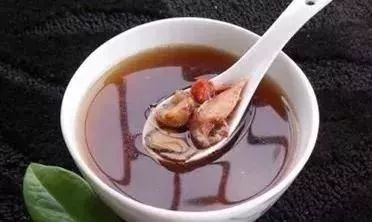
40-50 Years Old Middle-Aged Women
As women reach middle age, amenorrhea, melasma, and butterfly spots may quietly appear. Angelica Sinensis, through its blood-activating properties, can not only treat gynecological blood stasis diseases but also promote smooth blood circulation, making one appear healthy and radiant.
Sun Simiao recorded in the “Qianjin Yifang” that Angelica Sinensis is the “facial medicine for women” that resists aging and removes spots.
I recommend a medicinal dish: Angelica Sinensis and Astragalus Pigeon Soup, which has the effects of benefiting Qi and blood, and replenishing deficiencies, suitable for symptoms such as weakness after illness or childbirth, palpitations, shortness of breath, fatigue, insomnia, forgetfulness, decreased memory, poor appetite, anemia, and menopausal syndrome.
Specific preparation: Take 20 grams of Angelica Sinensis, 30 grams of Astragalus (Huang Qi), 20 grams of Chinese Yam (Huaishan), and 20 grams of red dates. Clean the pigeon, remove feathers and internal organs, cut into pieces, and place in a clay pot with water, herbs, and seasonings, and cook until the pigeon meat is tender. Eat the meat and drink the soup.
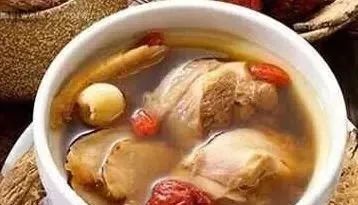
Additionally, Angelica Sinensis powder can be brewed in water for beauty. Dissolve 2-3 grams of Angelica Sinensis powder in a cup with hot water for consumption.
60-80 Years Old Elderly Women
Women in this age group are generally weak, with Qi and blood deficiency. Angelica Sinensis is especially suitable for those with blood deficiency and low blood volume.
Symptoms of blood deficiency include pale or sallow complexion, dizziness, fatigue, and easy tiredness.
Historically, a famous formula for nourishing blood with Angelica Sinensis is the Angelica Sinensis Blood Nourishing Decoction, created by Li Dongyuan during the Jin and Yuan dynasties, which is a Qi and blood nourishing formula composed of Astragalus and Angelica Sinensis in a 5:1 ratio.
In this formula, Astragalus greatly tonifies the Qi of the spleen and lungs, serving as the source of Qi and blood; Angelica Sinensis nourishes blood and essence, enriching the materials for blood production, thus Yang is generated, Yin grows, Qi is abundant, and blood is produced.
Specific preparation: Take 10 grams of Angelica Sinensis and 50 grams of Astragalus, decoct in water for drinking. Alternatively, you can increase the dosage and prepare it as a paste for consumption.
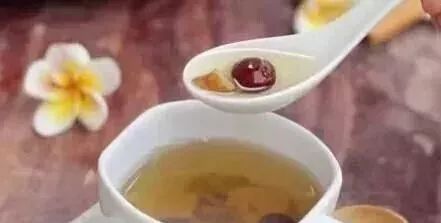
Angelica Sinensis “Face Mask” Helps Remove Spots and Wrinkles
In addition to internal use, Angelica Sinensis can also be ground into powder for external use, providing beauty benefits.
You can make a face mask with Angelica Sinensis or add it to face cream. For example, the following methods:
Spot Removal
Take 50 grams of Angelica Sinensis tail, add 500 milliliters of water, decoct, filter, and set aside.
After cleansing the face, use cotton pads to dab a small amount of Angelica Sinensis liquid on areas of pigmentation, continuously applying to allow the skin to absorb the effective components in the Angelica Sinensis liquid, which can improve rough and dull skin issues.
Wrinkle Removal
Grind equal amounts of Astragalus, Poria (Fu Ling), Angelica Sinensis, White Peony, Almond, and Pearl Powder into a fine powder, mix with an appropriate amount of water to form a paste, then add a little honey and mix well. Apply to the face for 20 minutes and rinse with water. (Note: If the skin is oily, do not add honey).
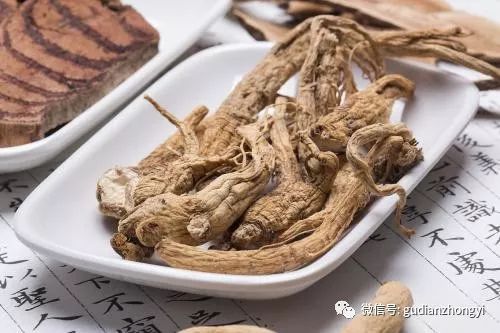

Check and Share: Click the upper right corner -> Share to Moments
Add personal WeChat for communication and learning:gudianzy
